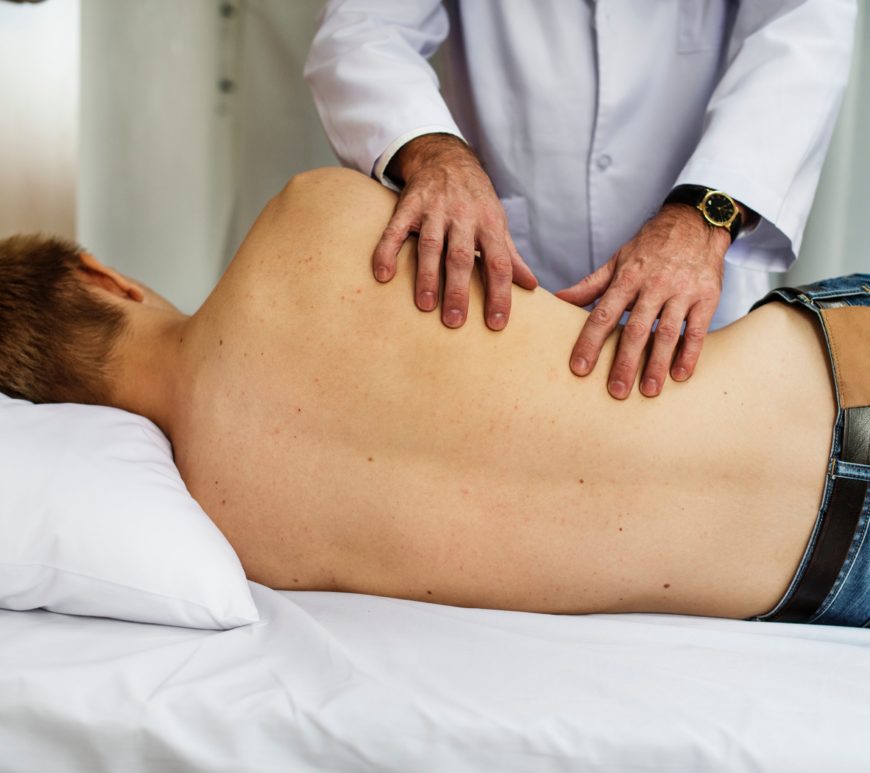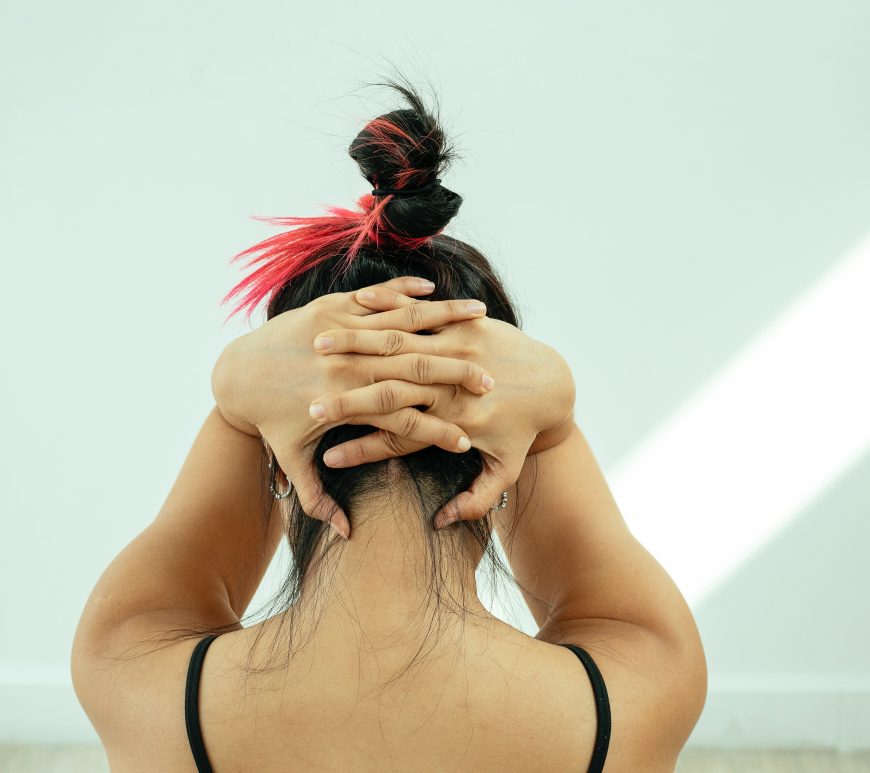
Manual therapy relieves dyspnoea in patients with Asthma
Difficulty breathing is commonly reported by patients with Asthma. Dyspnoea is a common symptom in asthmatics and is defined as a ‘subjective experience of breathing discomfort that consists of qualitatively distinct sensations that vary in intensity (1). Up to 27% reported having dyspnoea in a large population-based cross-sectional study (n = 9484) that included people from 15 countries who had diagnosed obstructive lung disease (2). … Continue reading Manual therapy relieves dyspnoea in patients with Asthma
